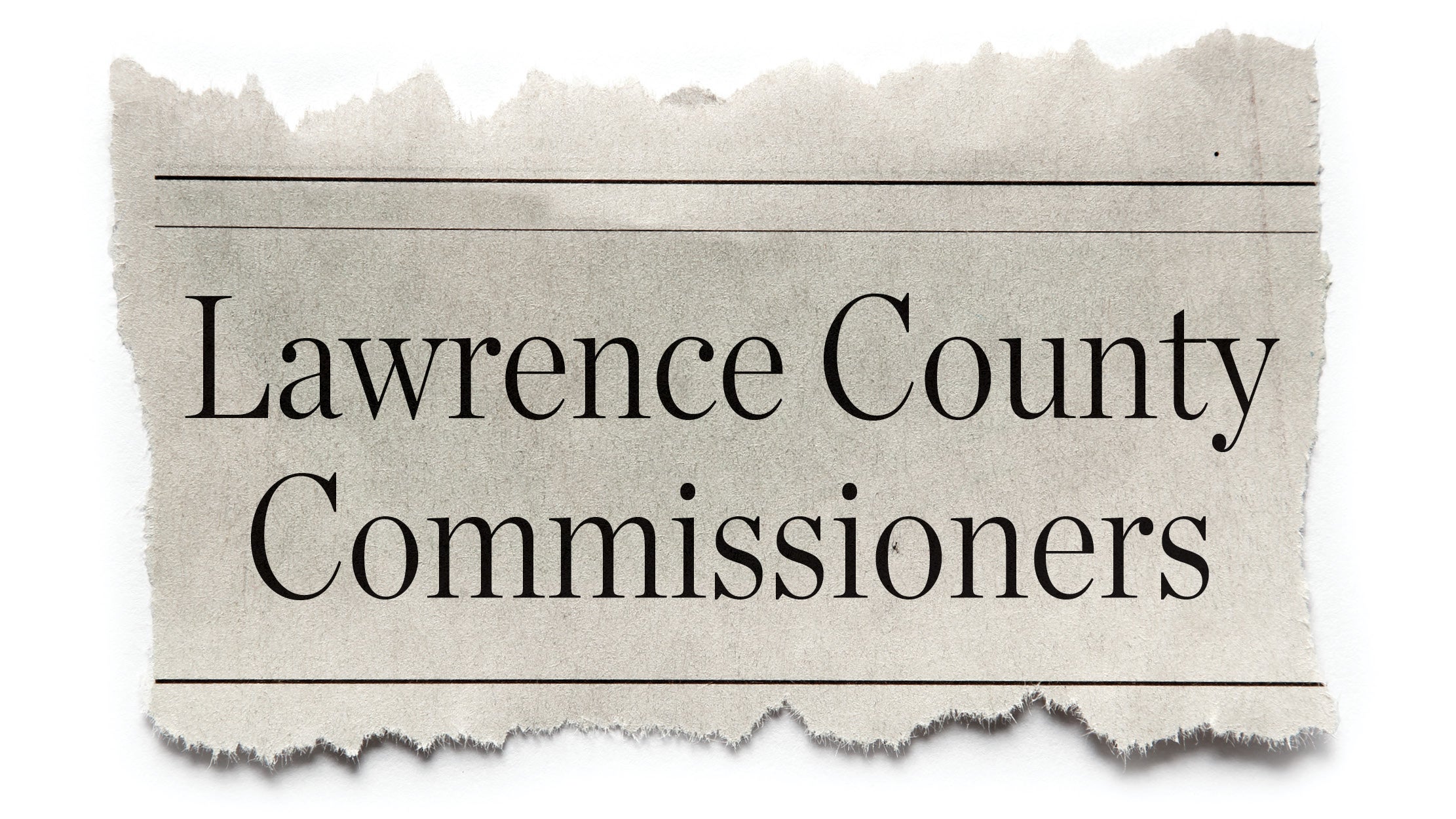Report: Thousands of Ohio’s older adults risk hunger
Published 9:37 am Thursday, September 8, 2011
COLUMBUS — With the costs of prescription medication, medical bills and utilities, thousands of older adults in Ohio struggle to put food on the table. A new report from AARP finds that one in 11 Americans age 50 and older faces food hardship, including nearly 8 percent of older Ohioans.
At the Parma Heights Food Pantry, director Ann George says she has seen an increase in the number of people 50 and older who need help. She’s heard stories from those who can’t get jobs, don’t have enough money to buy food and are feeling desperate.
“With the end of the month, they have nothing on their shelves or refrigerators, so they are coming in to us, more and more. (In) the month of August, we served 263 families, and of that number, 114 were seniors.”
The AARP Foundation’s national «Drive to End Hunger» campaign is targeting hunger among older adults, with donations, food drives, and volunteer recruitment. To date, more than 3 million meals have been donated across the country through local hunger relief organizations.
Getting food to those who need it is a real challenge, says Tamara James, manager of outreach and education for AARP Ohio, so her organization is working with volunteers across the state to assist food pantries, organize food drives and recruit volunteers.
“Ohio has the 10th highest percentage of people, 50 to 59 years old, who don’t have enough to eat, which shows the scope of the problem here in Ohio. And so, that’s why helping in your community is really important. “
In 2009, according to the AARP research, nearly 5 million people ages 50 to 59 were at risk of hunger nationwide, a 38 percent increase from 2007.
The drive is helping pantries meet the needs of mid-life and older Ohioans, some of whom have special nutritional needs. It’s more than just getting enough food; it’s also the right kinds of food.
“They have a need for low-sodium products and food that has higher protein. And when they don’t get nutritional food, they are less active, which decreases and impacts their health in a negative way.”
The report is online at aarp.org. More details on the campaign are at drivetoendhunger.org.



